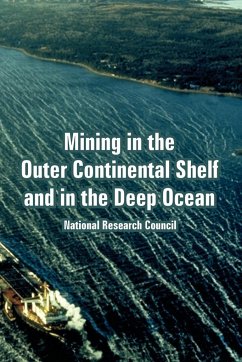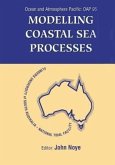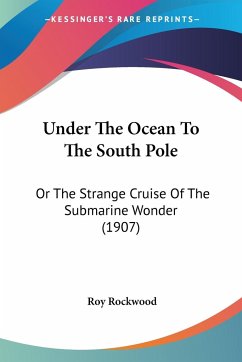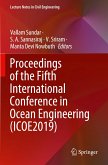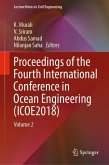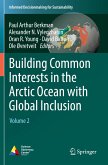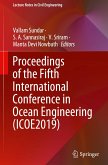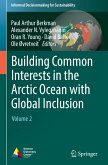As the worldwide demands for basic minerals increase and some resources on land show signs of rapid decrease, it is inevitable that the search for new sources will extend to the oceans - the largely unexplored 71 percent of the planet's surface. Of great importance is the rich reserve of hard minerals in the oceans - for example the so-called manganese nodules, which vary in size and shape from small pebbles to massive pavements, containing economically attractive deposits of manganese, copper, cobalt, and nickel. It is important to assess the nature and extent of the mineral resources of the seabed and to devise ways of recovering them with a minimal impact on the environment. This report (based on an 18-month study) of a panel of the National Academy of Sciences examines the potential of the resources, evaluates the state of the art of ocean mining, identifies the legal, regulatory, and jurisdictional problems involved, considers the possible environmental questions, and determines how to meet the need for trained engineers to do the job.
Bitte wählen Sie Ihr Anliegen aus.
Rechnungen
Retourenschein anfordern
Bestellstatus
Storno

